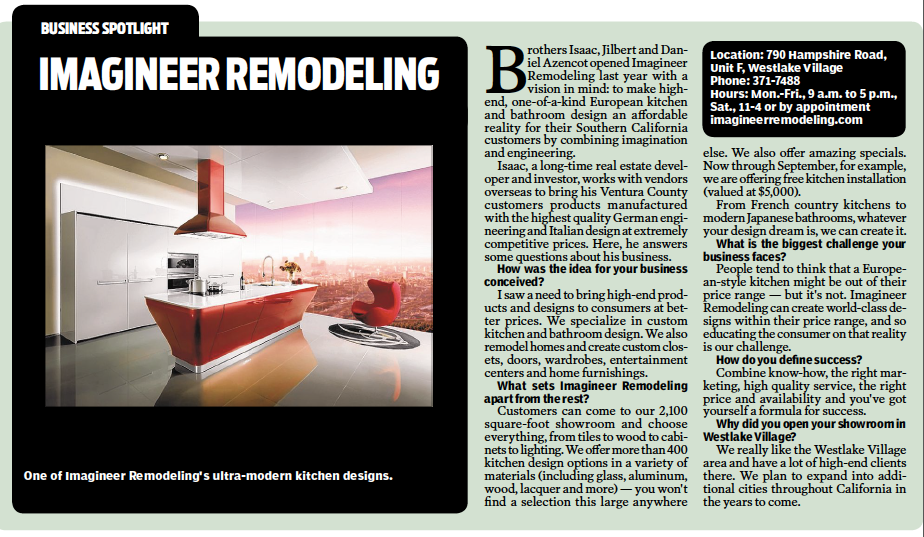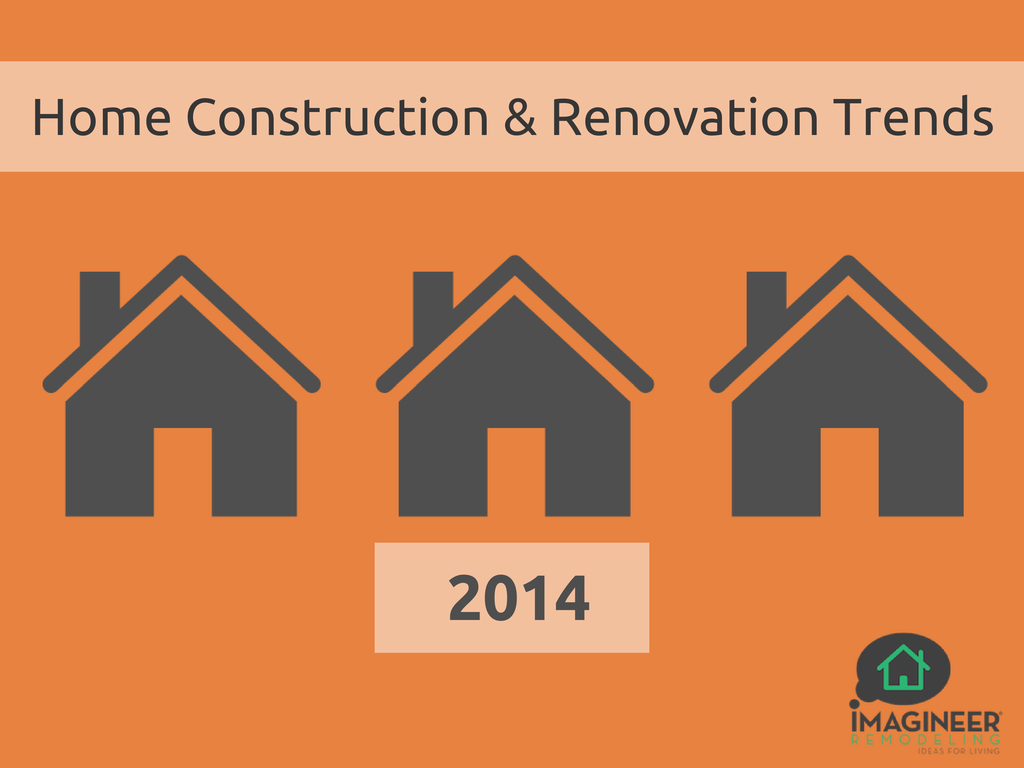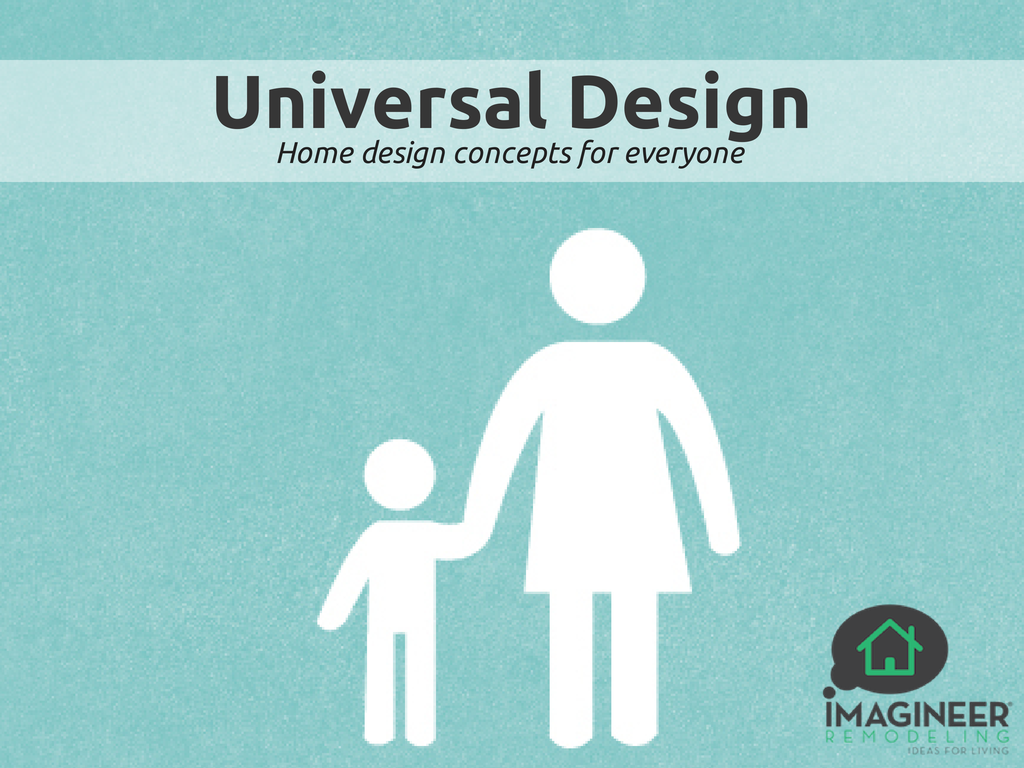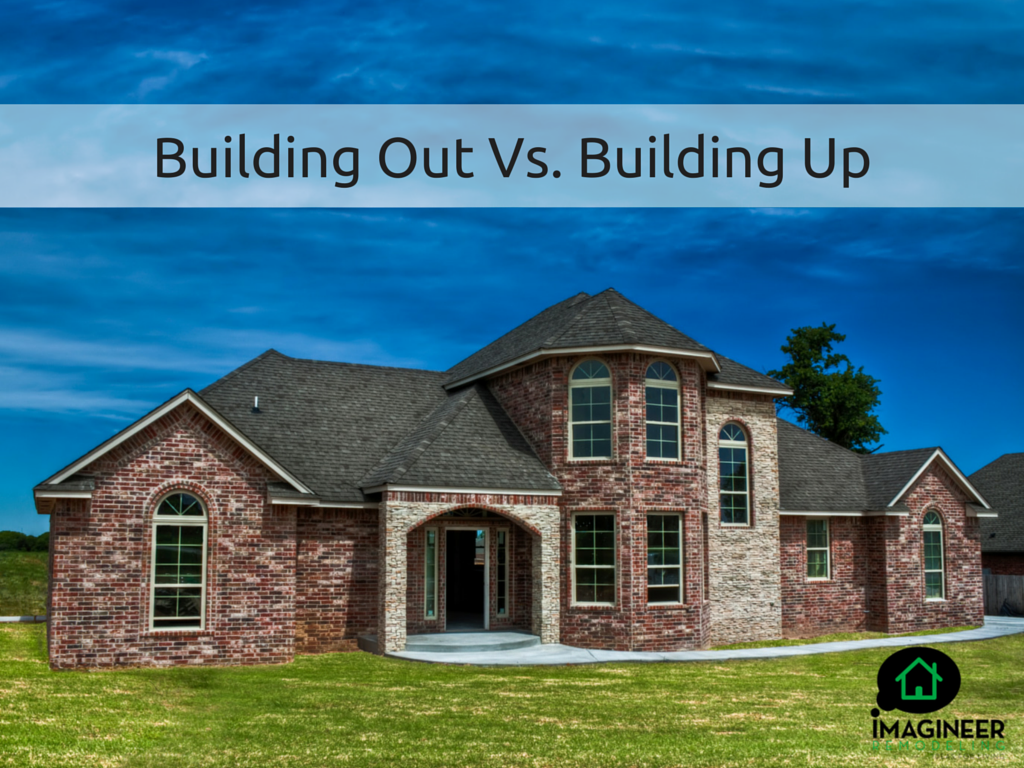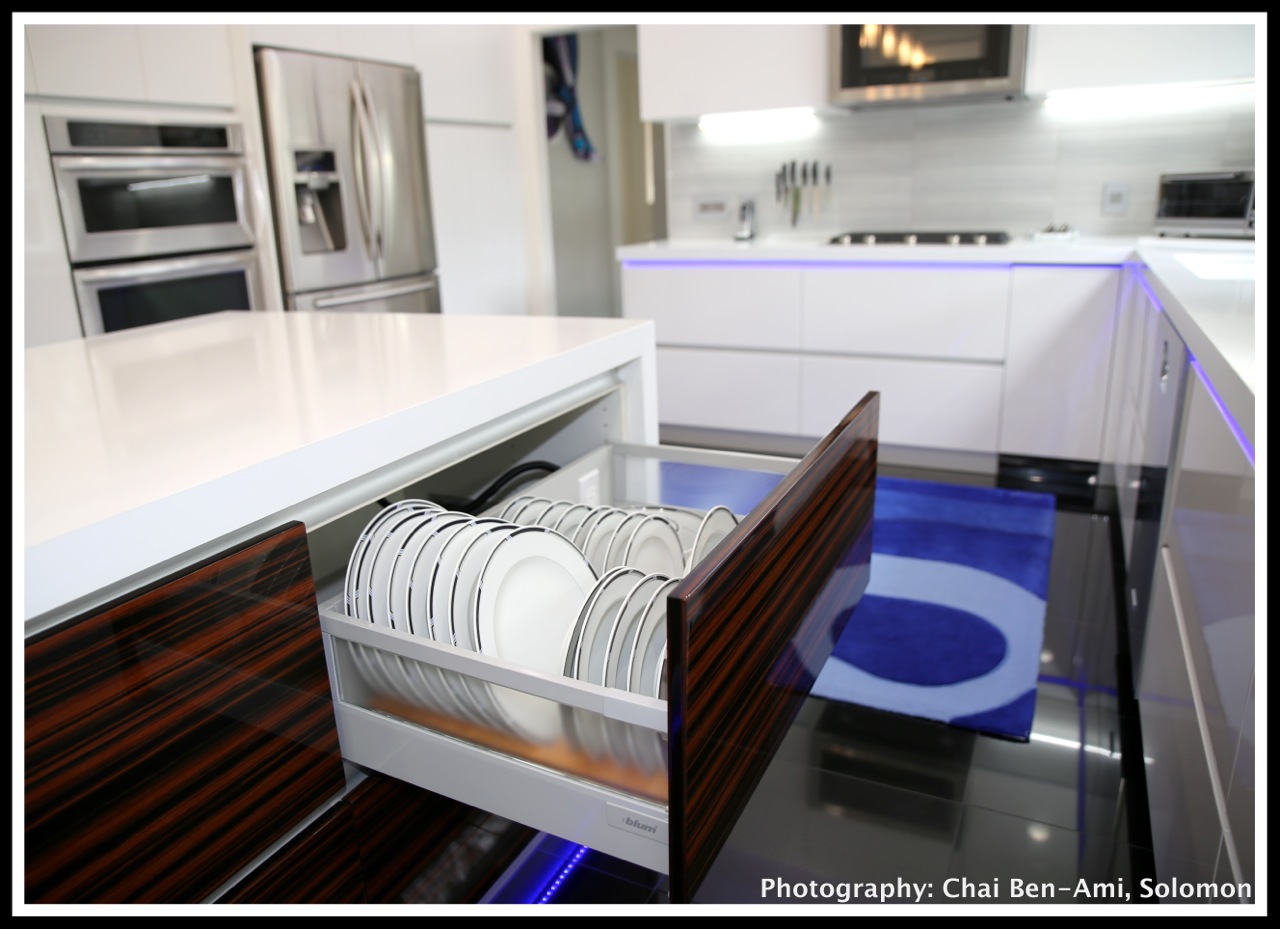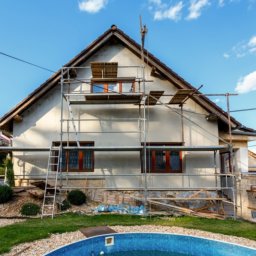Building a home from the ground up is never a cheap endeavor. In fact, it is one of the biggest investments one makes in their life. Still, meticulous planning well ahead of time goes a long way. It allows you to trim the costs without compromising on safety, structural integrity, liveability, appeal, and other vital aspects of construction. To make it happen, you need to use a reality check and learn to do more with less. The trick is to save where you can and spend strategically. Here are some essential areas to focus on.
First of all, you should try to keep things simple. Namely, embracing a minimalist mindset can really help you. For instance, complex interior design with plenty of architectural accents will turn some heads, but it can also blow the budget in no time. On the other hand, a highly-functional and affordable design is what you need to aim for. You can always accessorize and personalize later, step-by-step. Feel free to leave some room for splurging a bit, but do it intelligently. Pick a few accents and focal points that really make a difference.
Furthermore, you need to get the layout absolutely right. I would consider an open-plan concept, which promotes the free flow of movement and increases spaciousness. It is the go-to choice for families that want a functional home, where it’s easy to look after the kids. What is more, you can save a lot of money on building materials for walls and doors, while using only dividers to section off spaces for privacy. If that does not cut it for you, ponder the conventional plan or opt for a combo of the two. There are no one-size-fits-all solutions here.
Get down to the basics and take into account the size, one of the most important aspects of any construction project. To hit the mark, factor in your current and future needs— you do not want to outgrow your space after a few years. Determine the exact total size, as well as the size of each and every room. Note that using an accurate laser level is a great way to measure wall-to-wall distances and ensure surfaces are level. Regardless, you should make sure to double-check everything before taking the plunge.
Next, it is time to deal with materials. There are two basic options here. You can rely on the middlemen to do the heavy lifting for you and secure favourable deals and prices. The alternative is to source the materials yourself. In this case, do extensive research and take your time shopping around, keeping your eyes open for quality substitutes such as laminate (instead of splurging on hardwood). You should contact wholesalers and manufacturers and should you wish to go full DIY, transport the materials to the site.
Speaking of DIY, this approach may save you quite a bit of money. However, there is a catch: fixing any mistakes later down the road could cost you dearly. So, you want to be realistic. Leave to professionals everything that requires special permits, involves safety risks, or you lack know-how for. Work with interior designers, electricians, engineers, plumbers, builders, and other experts to form and see your plan through. Remember that onsite labour costs do not take more than 20-25% of total expenditures.
To keep the spending in check, you first need to identify the areas where conserving resources makes sense. Come up with a rock-solid plan that revolves around simple, modest, and cost-effective solutions. Do not rush the process: measure twice and cut once, especially when it comes to aspects like layout, materials, and square footage. Following these steps, you should be able to get the most bang for your buck and make your homeownership dreams come true.
Learn how design-build can save you time, money and stress


